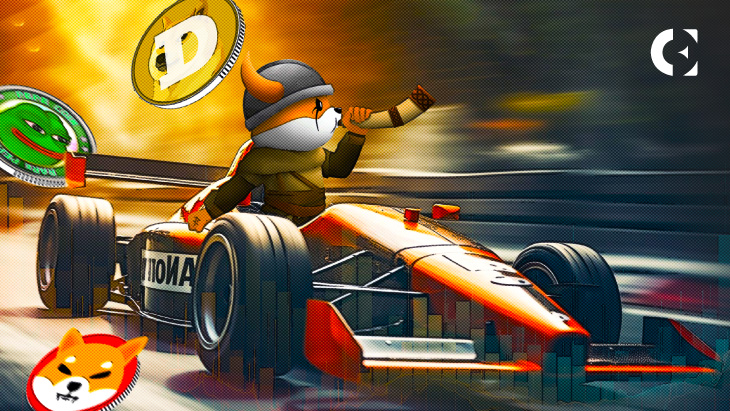NFPrompt NFP Token Burn: Stunning 3 Million Tokens Removed
The post NFPrompt NFP Token Burn: Stunning 3 Million Tokens Removed appeared on BitcoinEthereumNews.com. In the fast-paced world of Web3 and AI, strategic moves by platforms often grab the community’s attention. One such move, designed to influence token supply and potentially value, is the token burn. NFPrompt, a pioneering Web3 AI platform focused on content creation, recently completed a significant one, removing millions of its native NFPrompt NFP tokens from circulation. This event is more than just a number; it’s a key part of the project’s Crypto tokenomics strategy. The news broke via the project’s official X account, confirming the successful execution of their third NFP token burn. At precisely 08:58:22 UTC, 3 million NFP tokens were permanently removed from the total supply. This action is a deliberate mechanism used by many blockchain projects to manage their token economy, often aiming to create scarcity and potentially increase the value of the remaining tokens. What Exactly is a Token Burn and Why Does NFPrompt Do It? A token burn is a process where a certain amount of cryptocurrency tokens are intentionally and permanently removed from circulation. This is typically done by sending the tokens to a ‘burner’ address – a wallet address with no known private key, making it impossible for anyone to ever access those tokens again. Think of it like shredding physical money; once it’s burned, it’s gone forever. For projects like NFPrompt, conducting an NFP token burn serves multiple purposes: Supply Reduction: The most direct effect is decreasing the total and circulating supply of the NFPrompt NFP token. Scarcity Creation: By reducing supply while demand potentially remains constant or grows, the tokens become scarcer, which can theoretically lead to increased value per token. This aligns with the concept of Deflationary tokens. Signaling Confidence: Burning tokens can signal the project’s commitment to its long-term value and health. It shows they are willing to…

The post NFPrompt NFP Token Burn: Stunning 3 Million Tokens Removed appeared on BitcoinEthereumNews.com.
In the fast-paced world of Web3 and AI, strategic moves by platforms often grab the community’s attention. One such move, designed to influence token supply and potentially value, is the token burn. NFPrompt, a pioneering Web3 AI platform focused on content creation, recently completed a significant one, removing millions of its native NFPrompt NFP tokens from circulation. This event is more than just a number; it’s a key part of the project’s Crypto tokenomics strategy. The news broke via the project’s official X account, confirming the successful execution of their third NFP token burn. At precisely 08:58:22 UTC, 3 million NFP tokens were permanently removed from the total supply. This action is a deliberate mechanism used by many blockchain projects to manage their token economy, often aiming to create scarcity and potentially increase the value of the remaining tokens. What Exactly is a Token Burn and Why Does NFPrompt Do It? A token burn is a process where a certain amount of cryptocurrency tokens are intentionally and permanently removed from circulation. This is typically done by sending the tokens to a ‘burner’ address – a wallet address with no known private key, making it impossible for anyone to ever access those tokens again. Think of it like shredding physical money; once it’s burned, it’s gone forever. For projects like NFPrompt, conducting an NFP token burn serves multiple purposes: Supply Reduction: The most direct effect is decreasing the total and circulating supply of the NFPrompt NFP token. Scarcity Creation: By reducing supply while demand potentially remains constant or grows, the tokens become scarcer, which can theoretically lead to increased value per token. This aligns with the concept of Deflationary tokens. Signaling Confidence: Burning tokens can signal the project’s commitment to its long-term value and health. It shows they are willing to…
What's Your Reaction?








































